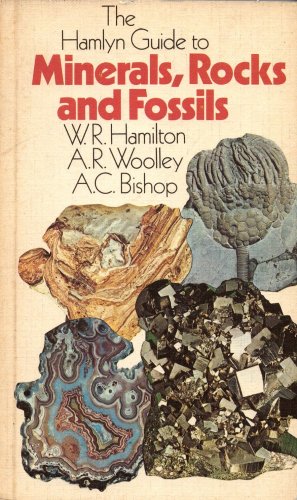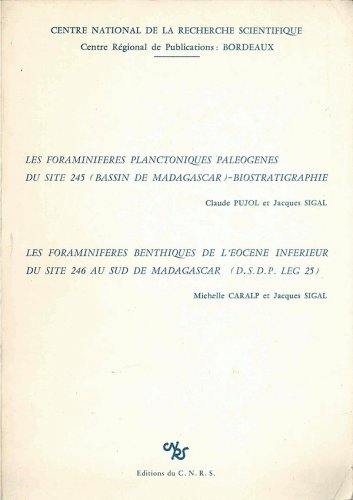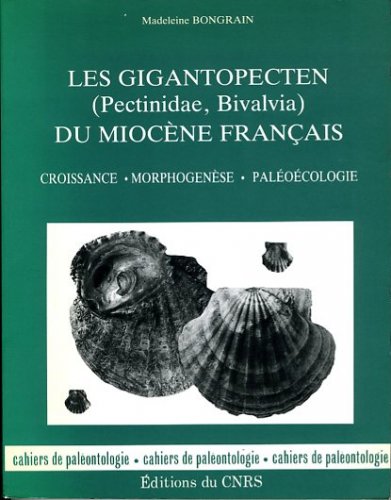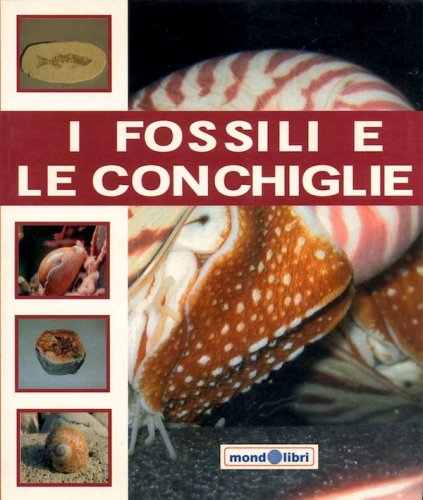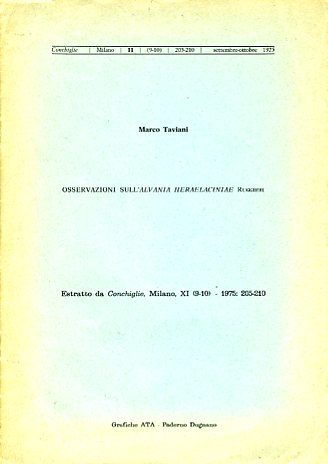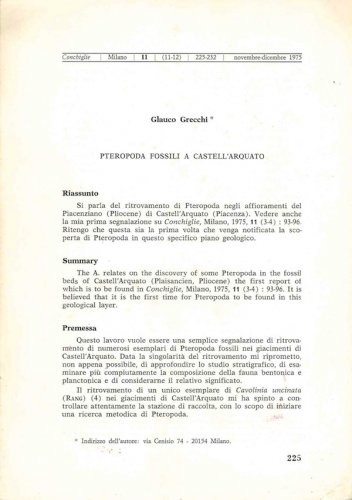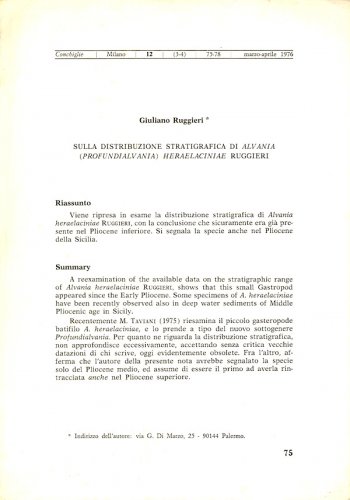Hamlyn guide to minerals, rocks and fossils
Hamlyn guide to minerals, rocks and fossils
- Disponibile in 48 ore
- Possibilità di reso entro 10 giorni lavorativi
- Transazione sicura con carta di credito, Paypal o bonifico bancario
- Spedizione tracciata con SDA
This guide is designed to enable rapid and accurate identification of minerals, rocks and fossils. It is arranged in the now-accepted tradition of practical field guides, with all the relevant information for identification of a specimen presented together. Minerals The introduction to the mineral section describes crystals and crystal systems, and explains the physical, optical and chemical properties that are listed as diagnostic features in each of the 220 mineral descriptions. Line drawings are used freely to help explain terms and illustrate special features. Rocks The introductory section outlines the salient features of the three major groups and explains their origins. The distinguishing characteristics of rocks are explained in the introduction, and listed in the individual descriptions of 90 rocks to make easy comparison between specimens. Line drawings again clarify many technical expressions. Meteorites and tektites are also described and illustrated here. Fossils The fossil introduction explains what fossils are, how they are formed, their classification and significance to geology. Nearly 300 fossils are described. Forms are treated at the generic level to allow worldwide coverage, and each major group is introduced separately. Line drawings often serve to differentiate additional genera by pinpointing distinguishing features of specimens. The authors are leading workers in the fields of mineralogy and petrology (AC Bishop and A R Woolley) and palaeontology (WR Hamilton) at the British Museum (Natural History). All the photographs have been specially commissioned. The Hamlyn Guide to Minerals. Rocks and Fossils will be invaluable for the amateur collector, handy reference for the more serious geologist, and fascinating for anyone merely curious about the names of minerals, rocks and fossils.

